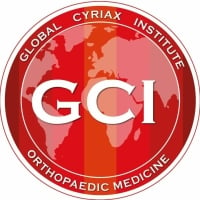Don't rely too much on MRI...
The Misleading Effect of Medical Imaging in Diagnosing Musculoskeletal Problems
Medical imaging technologies—such as X-rays, MRIs, and CT scans—have revolutionized the field of diagnostics. These tools provide invaluable insights into the structure of bones, joints, and soft tissues. However, when it comes to musculoskeletal problems, imaging can sometimes be more misleading than helpful, especially when interpreted without careful clinical correlation.
One major concern is the high prevalence of "abnormal" findings in asymptomatic individuals. Numerous studies have shown that many people without pain or functional impairment show signs of disc herniation, joint degeneration, or tendon tears on MRI. For instance, a large percentage of adults over 40 have some degree of spinal disc bulging—yet most experience no symptoms. When such findings are overemphasized, they can lead to unnecessary alarm, overtreatment, or even surgery.
Another issue is that imaging often captures static anatomical changes, while musculoskeletal pain is frequently dynamic, multifactorial, and influenced by posture, movement patterns, and psychosocial factors. A scan cannot assess muscle imbalances, joint loading during motion, or the influence of stress and lifestyle—factors which often play a key role in chronic pain.
Clinicians may also fall into the trap of "treating the image" rather than the patient. This can shift focus away from conservative management options like physical therapy and behavior modification, which often provide better outcomes than surgical or pharmacologic interventions.
In conclusion, while medical imaging is a powerful tool, its use in musculoskeletal diagnosis must be guided by clinical judgment. Imaging should support—not replace—a thorough physical examination and patient history. Overreliance on scans risks misdiagnosis, unnecessary interventions, and poorer patient outcomes.
